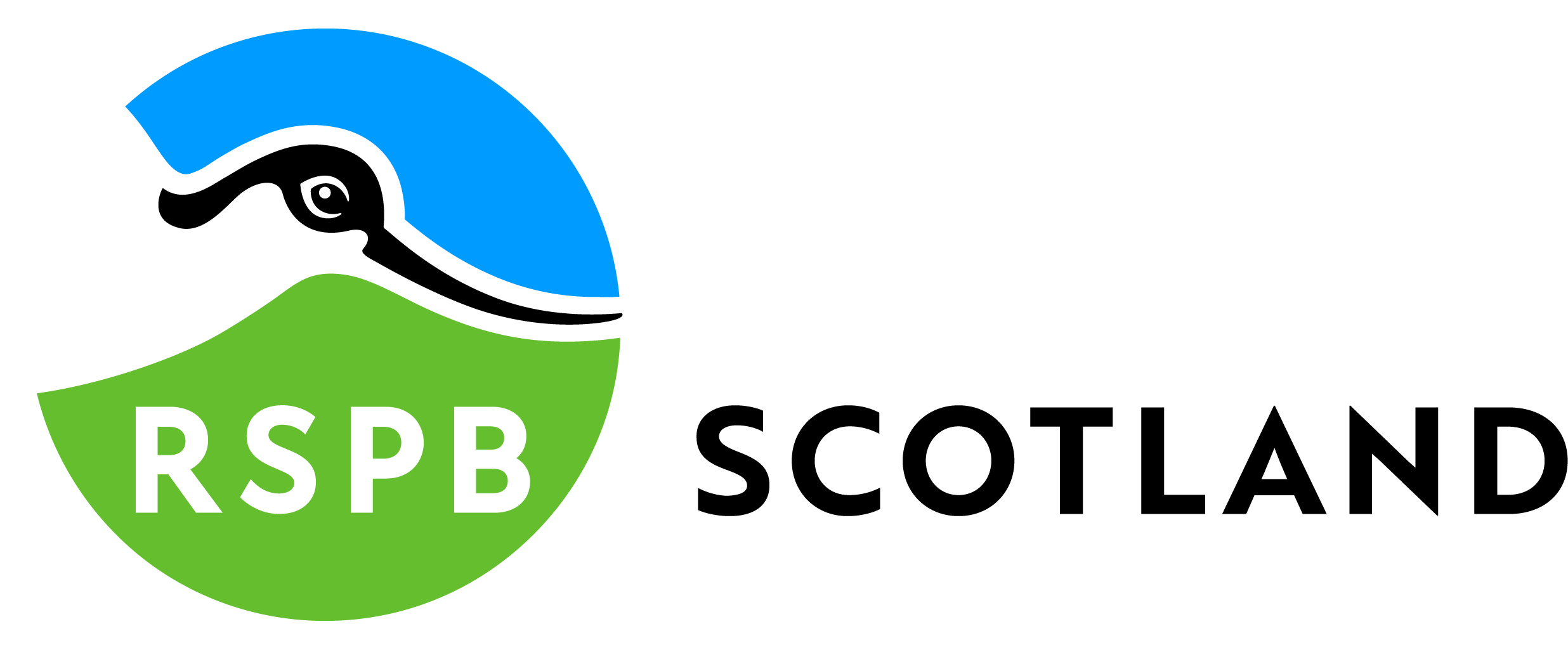Corncrakes are part of the family of crakes and rails: small waterbirds with distinctively large feet, adapted for wet and marshy habitats. However, the Corncrake differs from most, in that it lives on dry land. They are well-known for their distinctive rasping call, heard day and night. Males and females appear identical, with brown and grey plumage and chestnut wings.
Their habitat is meadows or grassland, particularly fields of grass grown for hay or silage, and they need plant cover of at least 20cm tall so they can hide. Fields with margins of nettles, cow parsley or flag iris are necessary as early cover in April, when they return from their wintering grounds in southern Africa. They eat insects and seeds. The species is a Red listed UK Bird of Conservation Concern.
Action Needed
- Ensure agri-environment funding supports farmers who use nature friendly farming methods, eg mowing from the centre of the field outwards allowing chicks to escape and leaving unmown ‘corncrake corners’.
- Ensure the Scottish Biodiversity Strategy is fully implemented.
Threats
Habitat loss due to drainage and agricultural intensification
Increased mortality caused by modern mowing practices
Predation
MSP Nature Champion



